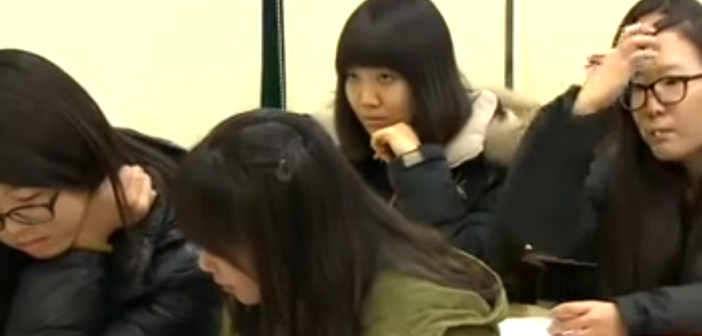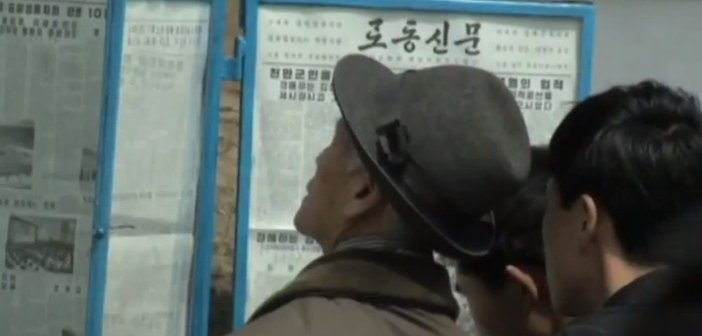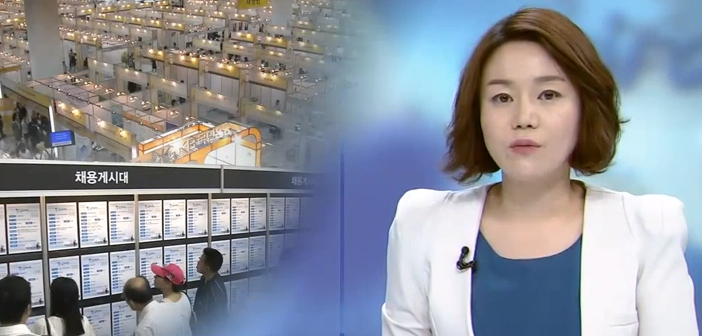With an estimated population of over 50 million, South Korea is considered as a densely populated and highly urbanized country. Since the 1960’s, the country has transformed into an industrialized and trading economy from an agrarian society. By the year 1970, the sector of agriculture has contributed ¼ in the national GDP and has used almost half of the entire labor force of the country. As the industrialization progresses in the country, agriculture has share with the national economy has decreased for about 3% and 7% as a total in 2005.
Agricultural Growth
It is known that the main agriculture commodity of the country is rice and with the increasing demands of people with other food patterns, the consumption of people with rice has changed. The growth in the demands of people with dairy products, meat and other products has resulted to lack of resources in agriculture. This change made the importation of goods a key player in meeting the country’s food demand.
South Korea Demographic
When it comes with the demographic of the country, South Korea is known to have a limited land. Due to this fact, the farm population of the country is aging and slowly declining. Another factor that affects the slow decline of the farm population is that the young member of farm households are migrating to many urban areas , which leaves the aging farm household members to do all farming duties. This also resulted to the increase in the proportion of the farm workers aging 60 years to be in 39% unlike the 8% proportion in 1970.
Land Ownership
There were changes in the ownership of farmlands in 1992, to expand the ownership of farm households but it still made the country among those with small farmlands unlike other countries in OECD. Though there were increases in the productivity of various agricultural products in the previous years, the income of farm households of the country has still fallen. In fact, the 110% income rate of farm household as recorded in 1965 has declined to 78% as an average income in 2005 based from a report in 2008 by OECD.
Food Demands and Path to Independence
Just like other developing countries across the globe, South Korea has maintained low prices for grains while those in industrial protection are in high levels. This was the pricing until 1960’s. To meet the food grains demands, the country has depended on the imports from US and has been among the largest food aid recipients of US from the years 1954 to 1970.
Due to the changes in the payment as US has sought for. South Korea has changed its strategy from relying on imports to domestic productions. Since then, self-sufficiency of food became the main policy objective of the country. There were many policies implemented in improving the processes used in the sector of agriculture and make use of farmlands that it has to ensure that the government can provide the demands of people. Due to many factors affecting the goal of the country in food self-sufficiency, there are various changes made with the agricultural policies to meet all demands and increase income in the sector for the following years.




